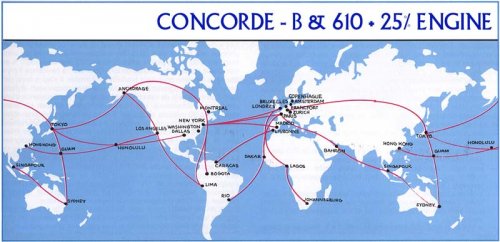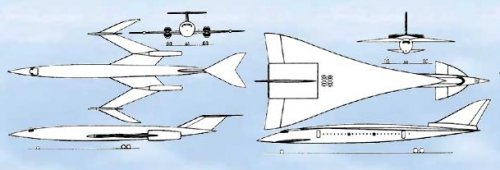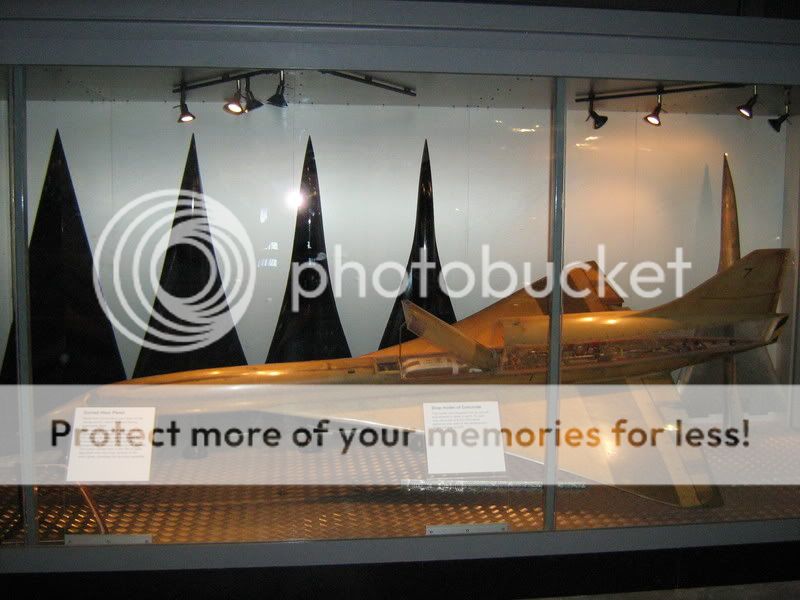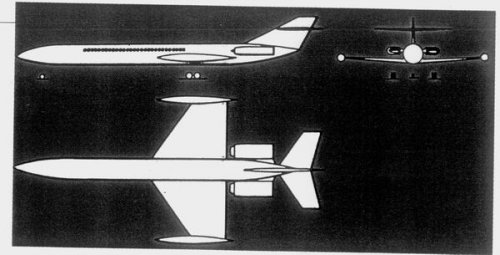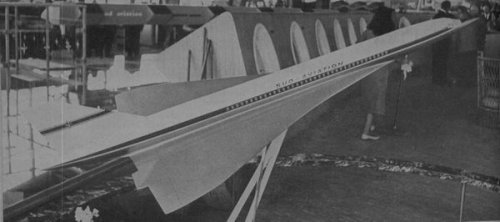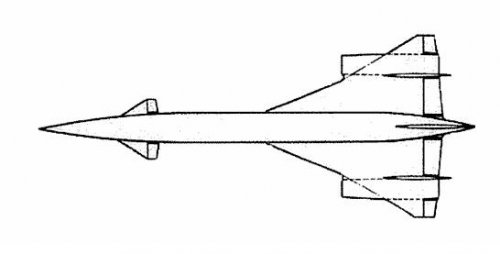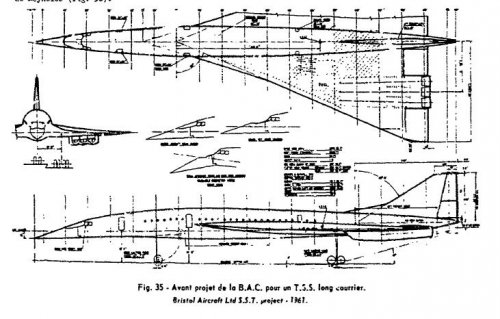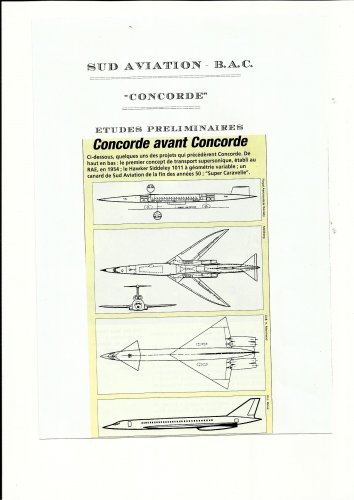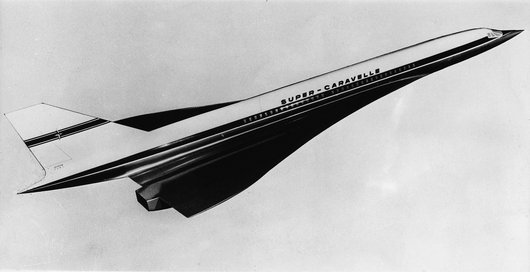According to Key Publishing (I just hate this forum, so don't ask me why I browse there!) there had been studies for an improved concorde.
- No reheat
- another stage compressor on the engines
- 25% more range
- leading edge slats
- more fuel
Of course, this went to nothing because of the economic failure of the concorde.
I really want to know more about that, but I have doubts on the engines (The olympus was pushed to its limits, and on this case they get ride off the afterburner? ? bizarre!)
? bizarre!)
- No reheat
- another stage compressor on the engines
- 25% more range
- leading edge slats
- more fuel
Of course, this went to nothing because of the economic failure of the concorde.
I really want to know more about that, but I have doubts on the engines (The olympus was pushed to its limits, and on this case they get ride off the afterburner?




